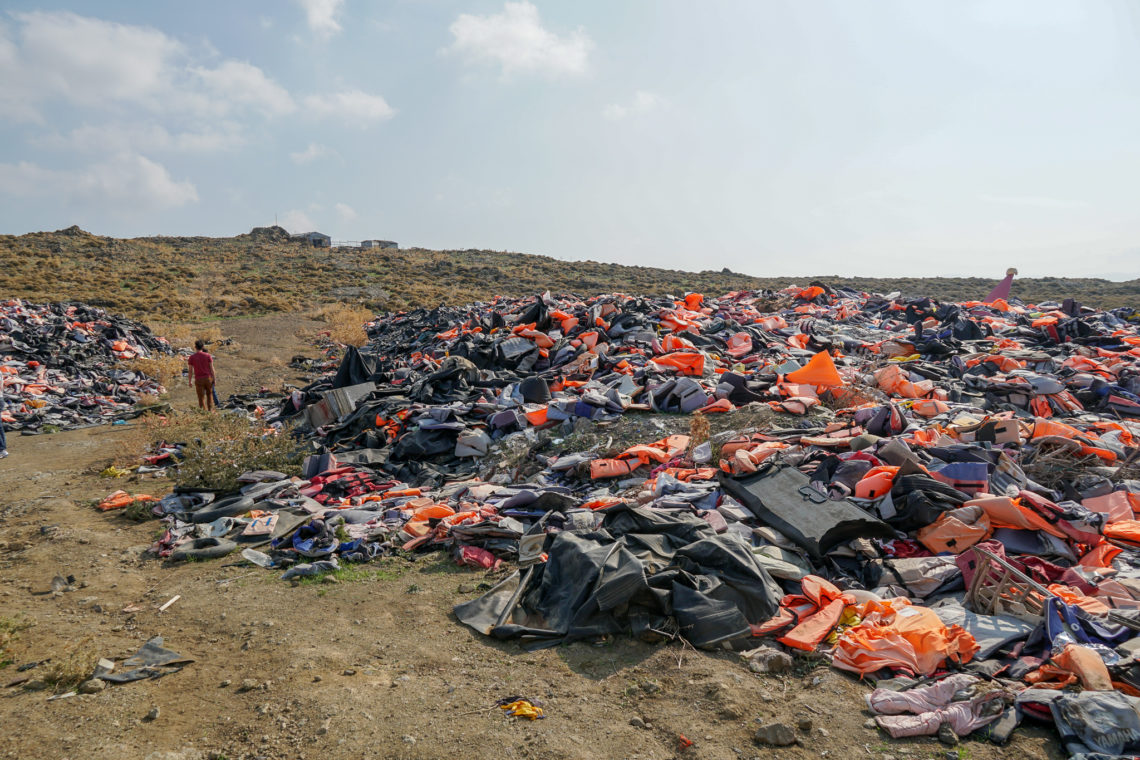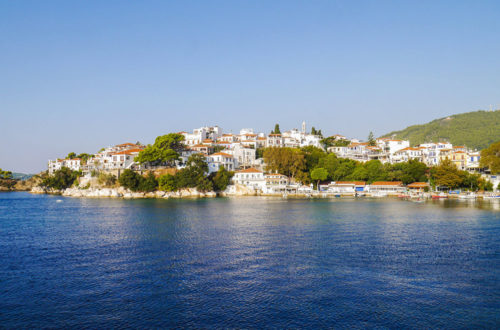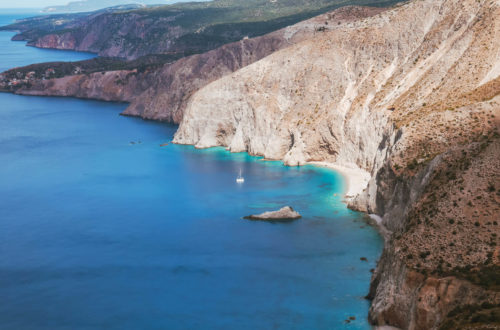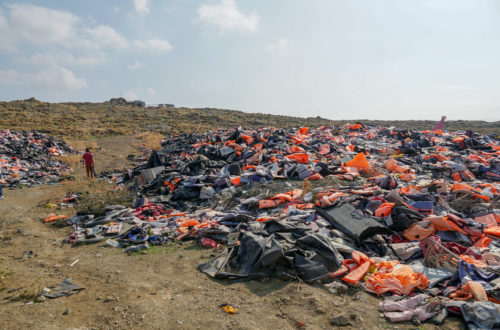In the summer of 2015 there was no TV news coverage that would not start with the refugee crisis in the Mediterranean. In that year 1 million asylum seekers entered Europe, making this crisis the largest ever recorded on our continent.
But while the people who were arriving at the beginning were able to handle the necessary bureaucracies in a few days but with the increasing number of boats and people appearing, waiting times increased from days to years.
This means that the camp of Moria, initially designed to accommodate up to 2,000 refugees, currently holds 8,000 to 10,000 refugees. Three years later, boats continue to reach the island of Lesvos every day, even in winter. In these circumstances, a solution is not foreseen in the near future (nor in the long term).
I decided to write this particular post, not to share my experience in Lesvos, but to share what I learned about everyday life in the Moria camp and the reasons why there is an urgent need for more funding and political intervention in order to, at least, improve the living conditions of refugees. Despite being a forgotten subject by the media, it is a problem that is far from being solved.
The trip to Lesvos
The vast majority of the refugees I spoke to came from distant countries such as Afghanistan, Pakistan, Cameroon and Congo. Who knows what they went through to get to Europe? Brought over by smugglers, they are sold a lie. They come in search of a dream: to live in a safe country, where they can work, live and support their families.
They travel illegally, deceived by those who guarantee them a safe passage to Europe. They do not know that they are going to be put on an unsafe boat, with false life jackets, to an uncertain destination. Those who do not agree to embark are threatened or even killed on Turkish beaches. After all they are nobody. Without documents, they do not exist.

Then comes the most dangerous part of the whole journey: the boat trip to the island. Boats take twice their capacities and for the vast majority of refugees, this is the first time they are seeing the sea. There are gruesome stories about these crossings.
And for those who actually manage to reach land again, the feeling is of celebration and happiness. They clearly do not know what is yet to come.
The environment and conditions in the countryside of Moria
Wet, confused, and overwhelmed, it is now time to walk to Moria. Depending on where they got onto the island, the trip may take up to two days. Some organizations and volunteers are dedicated to helping on this journey, but for some time the authorities have banned any kind of aid in transporting refugees. Fortunately this has already changed.
The final stage is to ask for asylum. Moria is a registration camp, which is why all people are sent there. Each person is given a date for an asylum application interview. But for when is unclear. In a year or two perhaps. And that’s where hope begins to fade.
During this time they will have to live in the Moria refugee camp without the possibility of moving out of the island or working. The only thing they have left to do is to wait.
And this waiting becomes even more desperate by the conditions of the camp. The environment is oppressive. There is a huge segregation between the various nationalities in the camp. The Afghans do not deal with the Arabs, Congolese and Cameroon nationals do not sympathize with Somalis or Eritreans and no one likes the Kurds.
The conditions are inhuman. The official camp looks like a prison, as it was formerly a military camp. This is where the vast majority of refugees live. Upon arrival, they stay in a tent for 200 people. Then they may or may not be distributed by the containers of the camp, the ISO Boxes, the only place where they will be most sheltered from the cold and rain but they often have to share 25 more people.
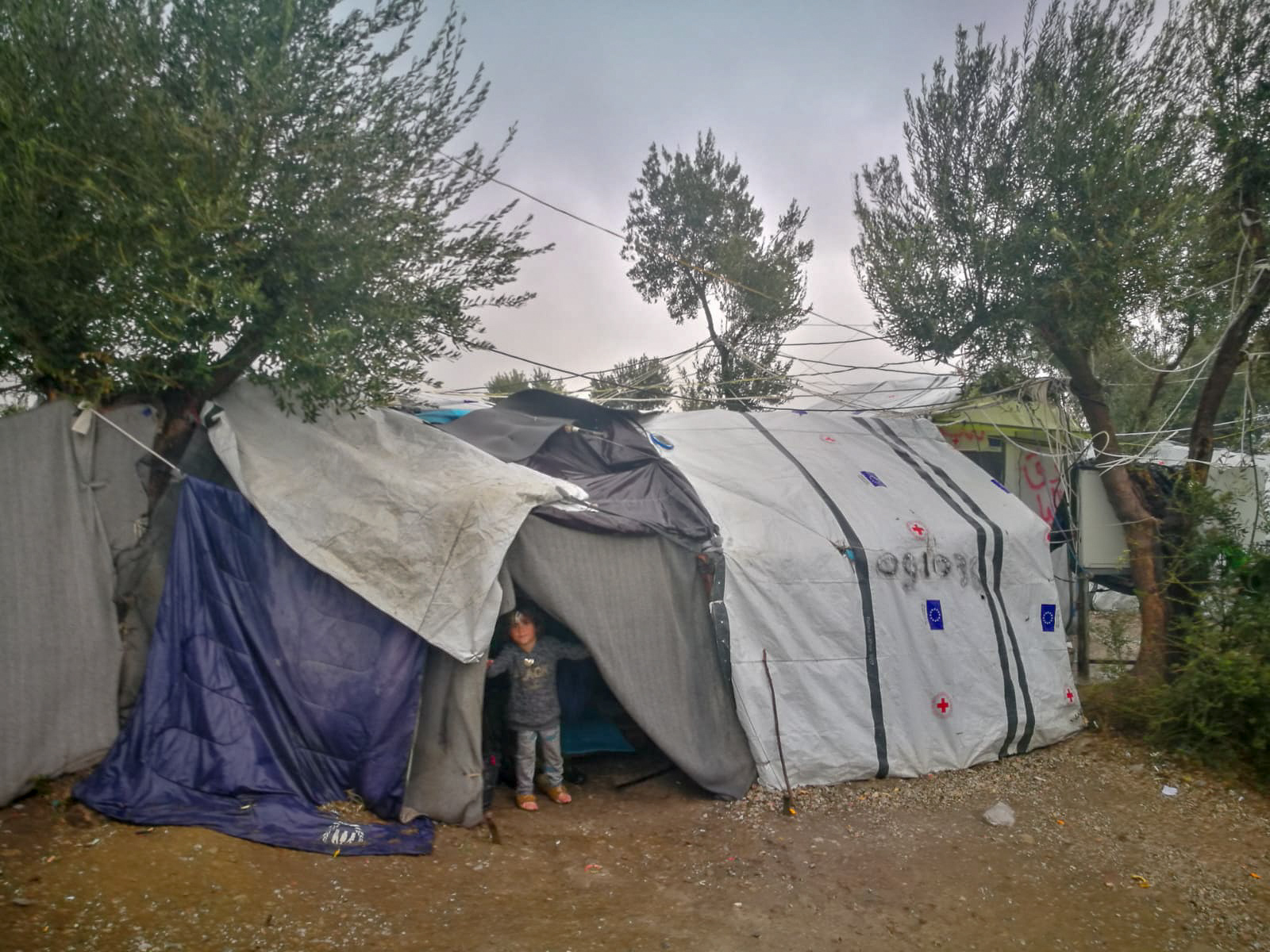
Then there are the tents. Due to the inability of the original camp to receive all arriving people, a new camp, duly named “The Jungle”, was born. It’s composed by hundreds of tents or canvas bits that house thousands of people without access to basic sanitation or electricity. When it rains there is no way to escape, the ground becomes mud and water enters from all sides.
Safety? Does not exist. Stories of rapes, assaults or suicides are their every day.
Food? Two to three hours waiting for breakfast, the same for lunch and dinner. They may receive a plate of rice or old oats. All family members must be present to order food. Result? About 9 hours a day spent waiting in line.
Medicines? “We do not have any, drink water”
Sanitation? A toilet for 70 people and a shower for 80.
€ 90 per month. This is how much each refugee receives per month when he lives in the Moria refugee camp.
How is it possible to survive under these conditions? I honestly do not know. The truth is that every refugee I met had a smile to offer and as soon as they were put in an environment of comfort and safety. And it’s about that transformation that I’m going to talk about in the next post.
“They put people in an animal environment and they will become animals” was one of the phrases that struck me most during my week in Lesvos. There is an urgency to restore dignity to these people and give them, at least, the possibility of doing something with their time.
There are other camps on the island of Lesvos and fortunately they have better conditions. For example, in Kara Tepe everyone lives in ISO Boxes and where they are limited to housing 1000 people. Dozens or hundreds of NGOs work hard to alleviate the suffering of refugees.

On the other hand there is also the island of Samos where, once again, thousands of refugees arrive every year. Here they live in conditions as bad as or worse than in Lesvos. One of the main problems: nobody knows about it. If there is a light at the bottom of this tunnel I cannot see it.
